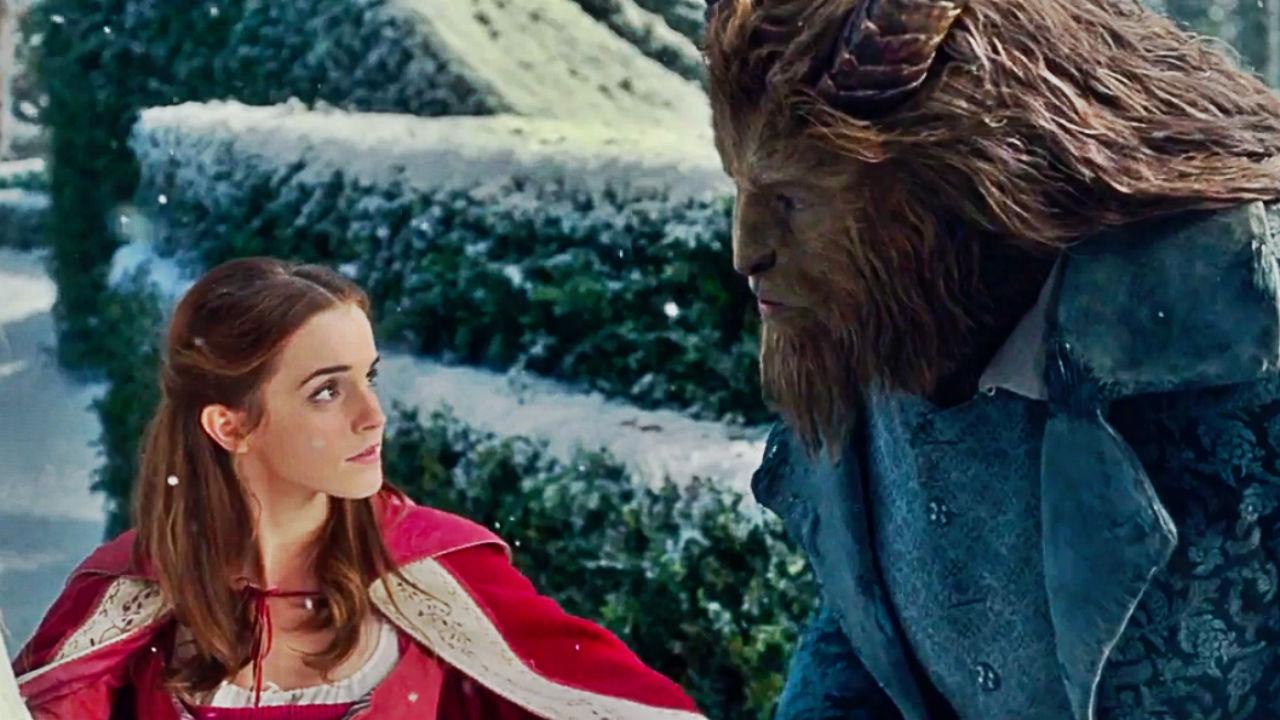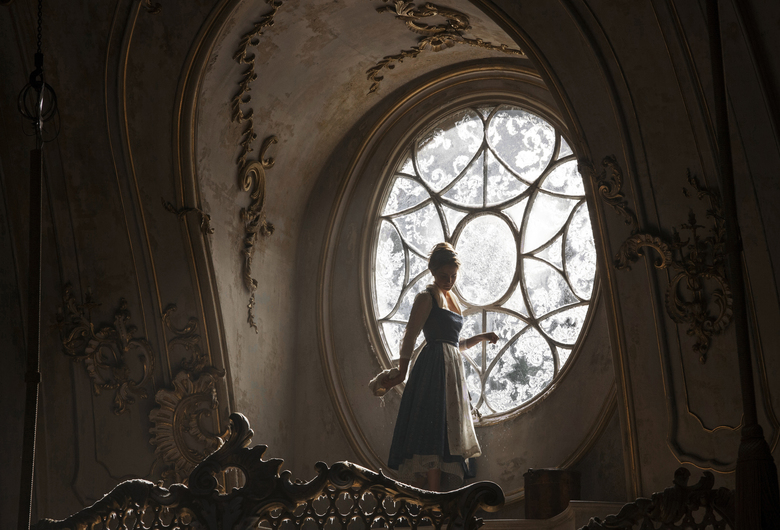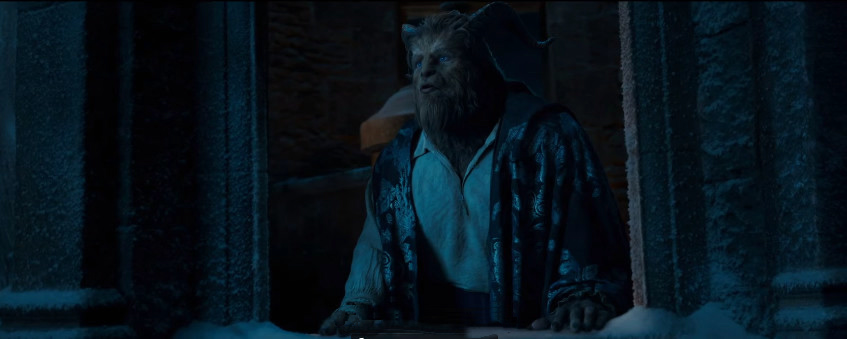The concept of spectatorship, or the relationship between any given film and its intended audience, is one that has escalated over the years. The idea of there being a distinct relationship between a film and its audience is nothing new, it’s always been present in the medium. Even dating back to the earliest days of cinema, filmmakers like the Lumiere Bros. or Georges Méliès made films for the express purpose of impacting audiences.
But as noted by the immortal Miriam Hansen in her musings on cinema and the public experience of it, spectatorship has evolved right alongside cinema and its audience. Modern filmmakers have taken this inherent concept of the medium and run with it. One need look no further than the immediate value of the intertextuality that runs through all modern blockbusters. Intertextuality and its relationship to the viewer have become crucial parts of the concept of spectatorship over the last few years. But perhaps the most intriguing cases of this is when a film is brave enough to take the iconic imagery and subvert it with a whole new meaning. This is absolutely the case with Bill Condon’s Beauty and the Beast, as it uses new plot points and songs to foreground the nostalgia that the film has spawned from and dissect it.
Condon’s film is drenched in intertextuality. Just about every moment of the beloved animated film is recreated in lush detail, with the songs all returning and even several shots replicated verbatim. When comparing Condon’s film to the live-action Disney remakes that have come before it, it is much more truthful to its animated counterpart. There is certainly a reason for this.

Whereas films such as Cinderella and The Jungle Book were originally released in the fifties and sixties, Beauty and the Beast is hardly more than twenty years old. A large portion of the audience, for this film, in particular, had grown from children to adults in those ensuing twenty years. Returning to the theater now, this subsection of the audience would be looking for one thing and one thing only; the sweet gush of nostalgia. And sure, Condon’s film immediately lures them in with a near-exact recreation of the animated film’s opening moments.
But the genius of the film is that once it has the audience firmly in the palm of its hand, it decides to do something much braver than simply adhere to the ‘tale as old as time.’ A new subplot is added, along with several new songs, which relates to Belle’s missing mother. Upon first glance, this may just seem like a bit of runtime padding or unnecessarily added backstory. But it grows into something much more, which ultimately alters the film as a whole.
It begins with the new musical number, How Does a Moment Last Forever, in which Belle’s father, Maurice, sings of holding onto a cherished memory. He sings this while crafting a music box that features paintings of Belle’s mother and himself. Simple enough, yet shortly after Belle arrives at the Beast’s castle later in the film, the refrain makes a return in another new song, Days in the Sun. In Days, the various characters of the castle reflect upon days long gone, feeling nostalgia themselves for the world they remember.

The Beast is introduced to this new theme as well, as a younger version of himself reflects upon the day his own mother died. He longs to return to the innocence and simplicity of his youth. Belle’s definitive line here that essentially sums up the entire number for them both is “I can’t go back into my childhood, one that my father made secure”.
For Belle, the culmination of this arc comes in the third new song. It is a full-on reprise of How Does a Moment Last Forever, that sees Beast and Belle traveling to what was once Belle’s childhood home. Standing amidst the shambles of the place she remembers so purely, she laments, “Easy to remember, harder to move on/Knowing the Paris of my childhood is gone”. Belle comes to the realization that the very thing she has been chasing after her entire life, this sense of nostalgia she’s felt, is for a place that no longer truly exists. It’s a dark moment and one that is sincerely surprising. It’s a twist that registers on a purely emotional level, as a film that has spent a vast majority of its runtime investing its audience in nostalgia suddenly forces them to see the dark underbelly of the very beast they came to see.
This distraught sense of the darkness of nostalgia is not just something that exists within the subplot; it feeds into the main story that the audience knows and loves, offering newfound depth and subtext. When Belle flees the castle to go help her endangered father, she is quite literally clinging to the one aspect of her nostalgia that remains alive in the world. This act on her part leads to Beast’s ultimate realization with the final new number, Evermore.

Evermore features the Beast reflecting upon his past as he watches Belle leave. He remembers the days of being a prince but for the first time in the film, he does not look upon them as fond days that were ripped away from him. Rather, he sees them as days he himself threw away. Instead of looking at them through a lens of nostalgia, he is now forced to face the truth and realize the implications of his own actions. He sings, “Now I know, she’ll never leave me”, and while on the surface it seems to be about Belle, it is also a clear reference to the mother he lost. Belle has shown him that clinging to these days in the sun is perhaps not what’s best for him. That perhaps the best way to let a moment live forever is, in fact, to let it go.
When the film inevitably reaches its joyous conclusion, the characters are left very much in the same place they were in the animated film. All those trapped in the castle are human once more and Belle and the Beast dance together in the ballroom. But there is one slight difference; Maurice is there, painting a new picture, one of Belle and the Beast. Now that they’ve finally been released from the memories and nostalgia that shackled them, they are all free to create new memories and moments together.
For a film such as this (a huge, blockbuster tent-pole for the House of Mouse) to take such an unflinching, analytical look at nostalgia is a bold move. It’s a mass-marketed film that calls for a much more active viewing experience than one would suspect.